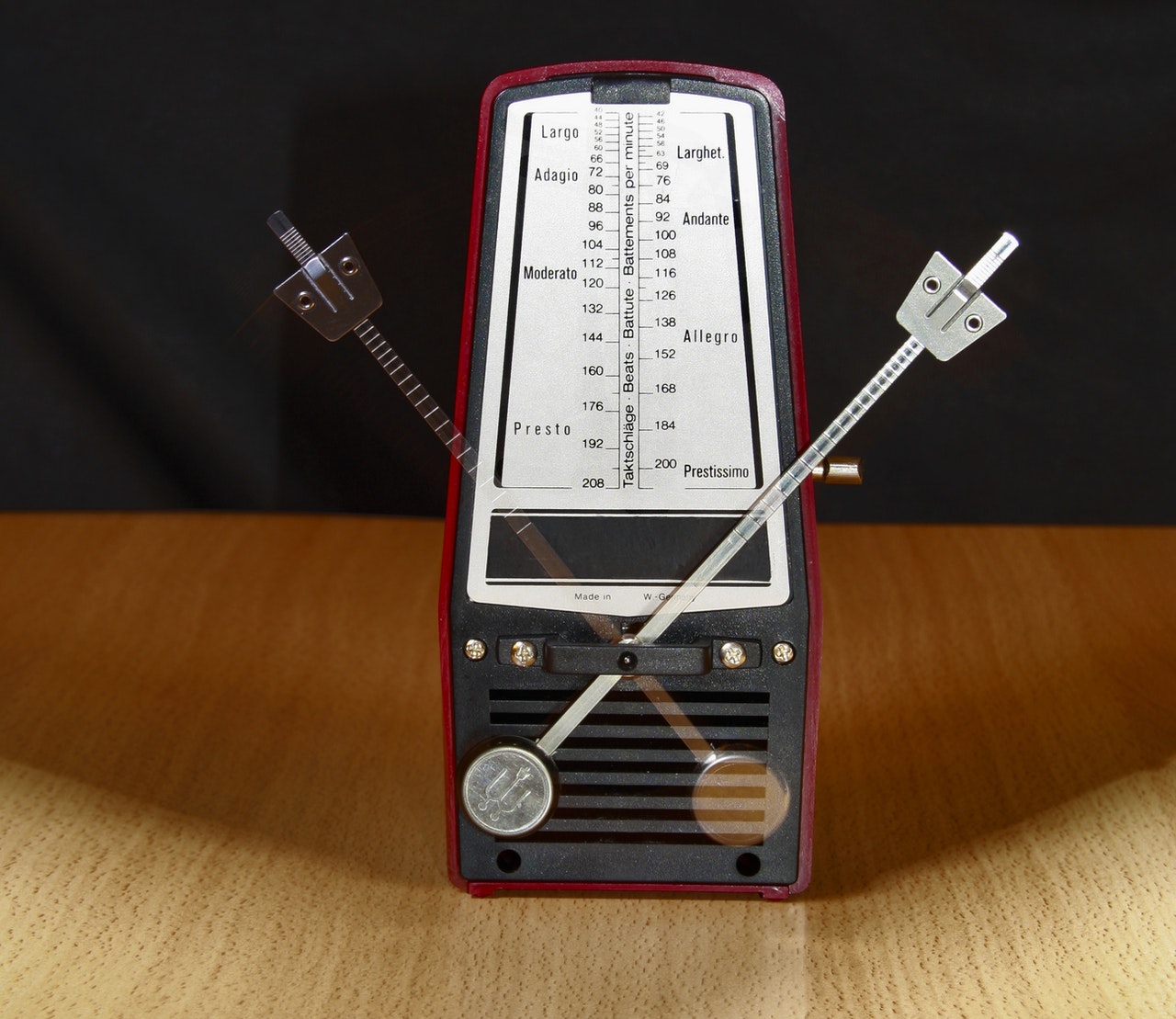Good morning and Happy New Year to everyone! Starting of this new year we are going to talk about things that can help make a new you. Before we go further in to this topic I want provide some links for people who are just now joining us on this journey. I suggest that you start this series in order starting with the first post of the series then continue the series in order with the second, third, and fourth post of the series. So now that we are caught up and settled in let’s begin.
Today we are going to be talking about trauma therapy. Specifically, we will be discussing one type of therapy, EMDR. EMDR stands for Eye Movement Desensitization and Reprocessing. That is a down right mouthful and I developed a cramp just typing it out. So for the sake of our personal health we will just refer to it as EMDR. Now EMDR isn’t new. It has been around since the late 80’s, though it has had exponential growth in the last 20 years. It was developed by Francine Shapiro after she got upset with how a meeting had gone. She decided that she would go on a walk to clear her head. By the end of the walk she noticed that not only was her mind clear, but she was also viewing the situation differently. Being the scientist that she was, she needed to know what caused this difference from other walks that she had been on. As she retraced her steps she realized that as she walked on the path her eyes moved from left to right looking at various plants and objects on the path. That was the day that EMDR was born. Pretty fun to think about the fact that one of the most effective trauma treatments was born through a series of frustrations that ended with a walk through the park.
Now what exactly is this thing and how does it help people get past their trauma. Well first lets address the elephant in the room. EMDR is weird. It is odd and doesn’t sound like it would work. In fact, I remember when I was first told about EMDR and how it could help me. I thought it sounded like some hippie nonsense but I was, luckily, too broken to not try it. EMDR works by three different methods. The first is through eye movement, or moving your eyes from side to side at a certain speed and interval. The second is tactile, or the use of physical sensations on the left and then right side of the body. The final way is the auditory, with the use of sounds going from one ear to the other. Any or all three of these methods can be used to achieve what we call Bilateral Stimulation, or BLS. Now that is just a fancy way of saying that we are making the left and right side of the brain light up alternatively.
Now when we light up our brain like that we allow for a few things to happen. One of the effects is that are brain begins to rebuild neural pathways, or brain highways, in our brain. This is what connects memories and feelings with other memories and feelings. Another thing that BLS allows us to do is look at our trauma in a different light. See trauma is stored in the right-side of the brain. You know the part know for creative thought and not logic. That tends to lead to nightmares and worse case scenario planning, but not towards resolution. That is where the left-side of the brain comes in. So with BLS we are able to active the storage center that houses our trauma and then activate our logic centers to look at the events through a more logical lens.
Now this may sound confusing, and don’t worry it is. I find that personal experiences tend to hold more weight when we are confused. I had a client who had reached a point of resolution regarding a traumatic memory. This is how they described their experience.
“It was as though I am at a drive in theater. There up on the screen is my memory and I sit here watching it play. I can recognize that I was there and that this is indeed my memory. But for the first time I am not in the movie. I am merely an observer.”
I don’t think there is a more beautiful way to sum up what the end result feels like once resolution is met.
Now this is where we will part for this week. Next time we will talk more to what the experience of going through EMDR is like, as well as discussing proper expectation when going in to trauma therapy. As always, thank you for joining me on this beautiful journey and keep living your best life.




Comments are closed